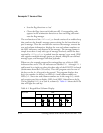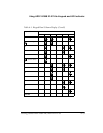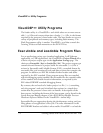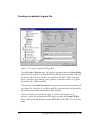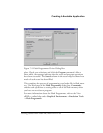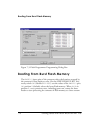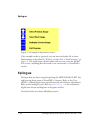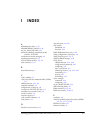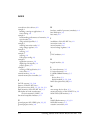
Getting Started with ADSP-BF548 EZ-KIT Lite 7-5
Creating A Bootable Application
The boot stream processed by the processor’s boot loader code can contain
more than one program. The boot loader copies the first program into
memory and calls the program’s entry point. If the program returns, the
boot loader copies the next program in memory and calls that program’s
entry point, and so on.
The Initialization file text box allows you to enter or browse for the name
of an executable file for insertion in the loader file ahead of the project’s
executable file. This is one way to initialize the processor’s hardware prior
to an application being loaded and run. VisualDSP++ provides a default
initialization executable file for the ADSP-BF548 EZ-KIT Lite hardware
setup, including setting the DDR memory controller’s registers. Conse-
quently, this allows you to boot load and execute portions of your
application in L3 DDR. The default initialization executable file can be
found in
<install_path>\Blackfin\ldr\exkitBF548_initcode.dxe.
For more information about the loader utility, including the loader prop-
erty pages, refer to the VisualDSP++ Loader and Utilities Manual in the
VisualDSP++ online help.
Writing a Loader File to Flash Memory
[
Following the procedures in this section will overwrite the current
contents of the burst flash memory on your ADSP-BF548 EZ-KIT
Lite. Review the contents of the
Readme.txt file in
<install_path>\Blackfin\Examples\ADSP-BF548 EZ-KIT
Lite\Power_On_Self_Test
to learn how to build and restore the
factory contents of the burst flash memory if you wish to do so.
Once a loader file containing a boot stream (an optional initialization exe-
cutable followed by your application) is written, the next step is to put the
loader file in a location where the processor’s boot loader can find the file.
As mentioned previously, the boot code can process boot streams from a
variety of memories and devices. The most convenient location for hold-




